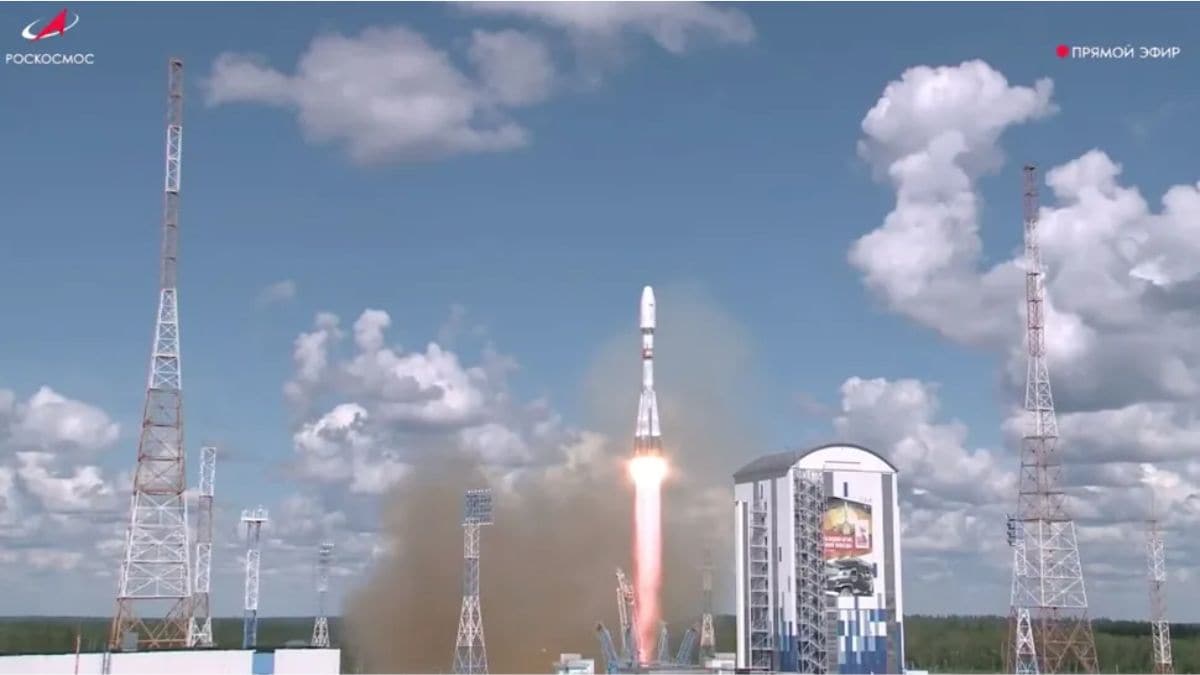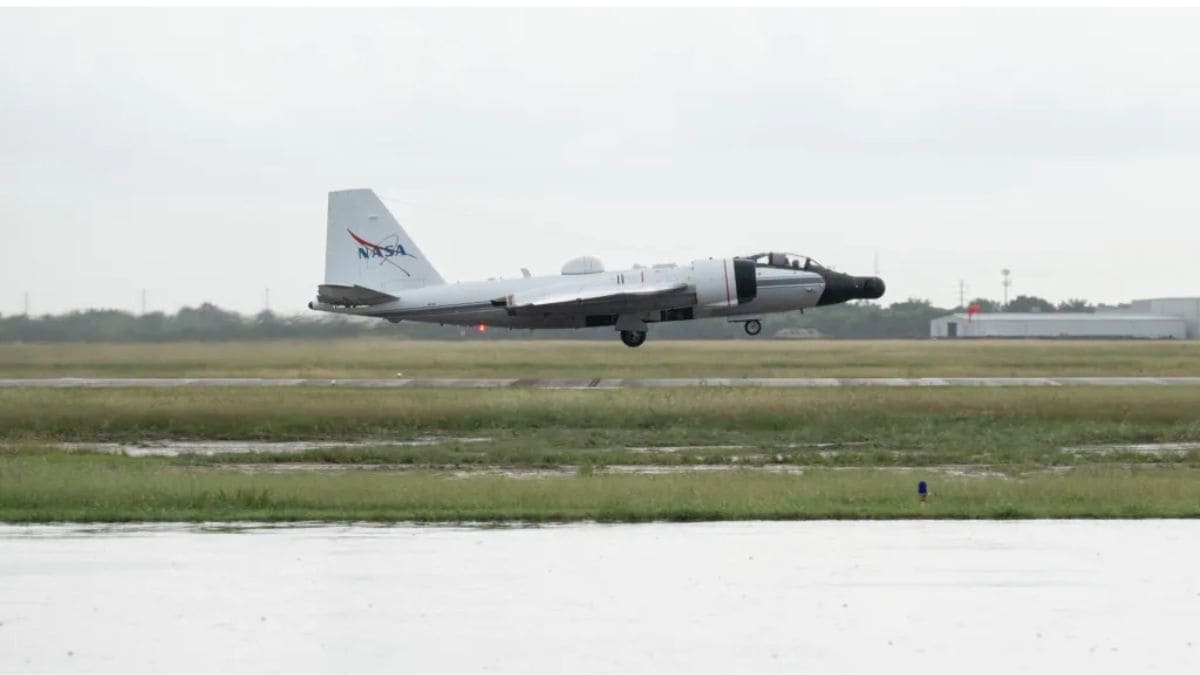Russia sent two new Ionosfera-M satellites into orbit on a Soyuz-2 on July 25, 2025. Rocket 1b from the Vostochny Cosmodrome in Siberia. The mission also placed Iran’s Nahid-2 communications satellite in orbit. These satellites will complement a four-satellite constellation aimed at keeping track of Earth’s upper atmosphere and space weather conditions, particularly the solar wind that can knock satellites and communications systems offline. The flight indicates Russia’s scientific ambitions and collaboration with Iran’s space program, showing Russia’s function in launching Tehran’s orbital assets. Both countries gain from the collaborative mission.
Russian Space Weather Satellites
According to official sources, Russia’s new Ionosfera-M probes, 3 and 4, follow two identical satellites launched in November 2024. Together the four craft form a mini-constellation orbiting about 820 kilometers above Earth. The network is explicitly designed to study space weather in the ionosphere, the charged upper atmosphere.
It will track solar wind and related phenomena that can disturb communications and navigation systems. The latest pair is being inserted into an orbital plane perpendicular to the first two, greatly expanding three-dimensional coverage of near-Earth space. They also carry a new Ozonometr-TM instrument to measure upper-atmosphere ozone for the first time in this mission.
Iranian Payload and International Implications
An Iranian communications satellite, Nahid-2, was also aboard the Soyuz mission.Nahid-2 is intended to bolster Iran’s civilian communications in space, an important capability given Iran’s limited homegrown launch capabilities. Russia’s role in the delivery of the payload reflects cooperation between the countries in space technology.
With the help of Russia, Iran can continue its satellite building efforts, even though these are restricted by the international community from also involving rocket export limitations. That Moscow has such a product even while Iran is under sanctions underscores the depth of their two-nation space partnership. This mission represents Russia’s support for ally’s space aspirations and the broader geopolitical implications of such collaborative efforts.






